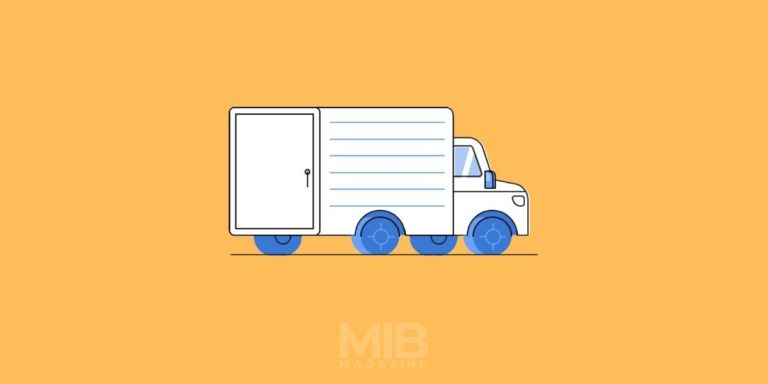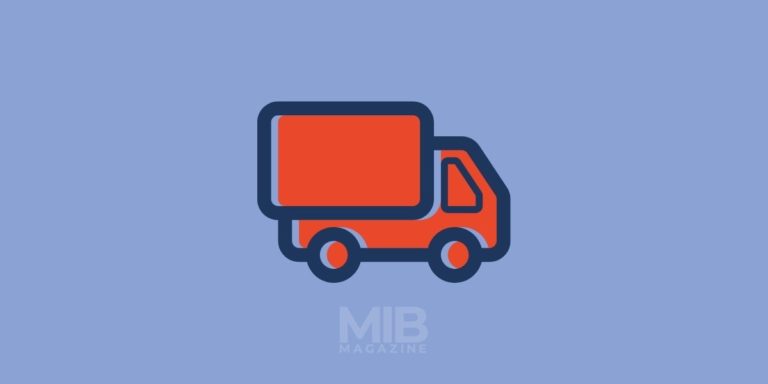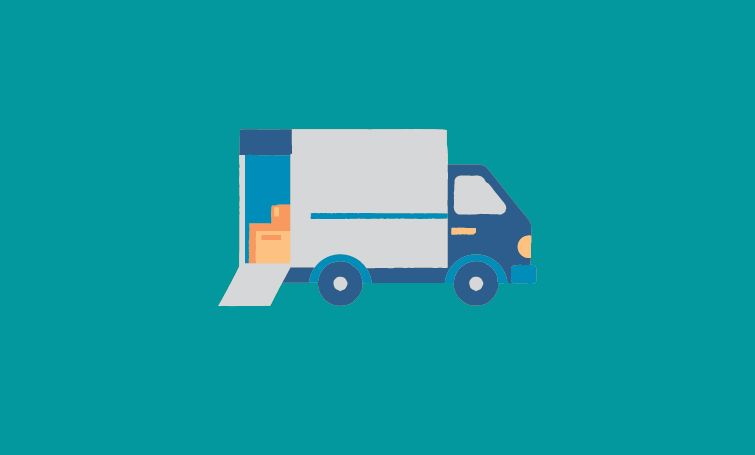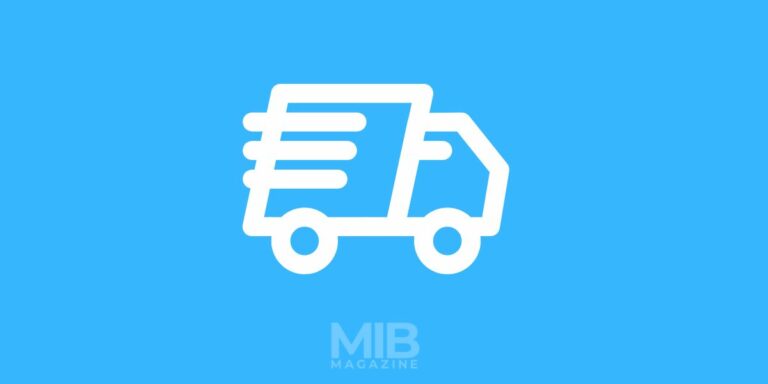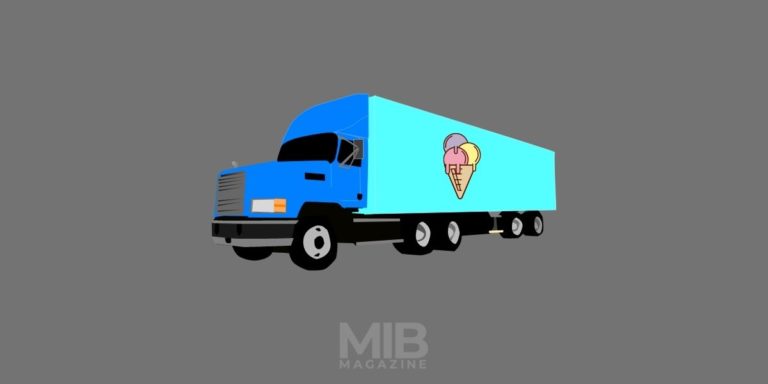Starting a Livestock Transportation Company – Business Plan Overview

Livestock are farm animals used for rearing and are treated as an asset giving monetary value except poultry. Livestock generally include pigs, cattle, buffalo, horse, mule, sheep, etc.
As of 2017, the cattle market of the United States was valued at $50.2 billion which was a rough estimate based on the US census of agriculture. The hogs and pig industry was valued at $19.2 billion.
There are close to 94.4 million cattle and calves in the USA used for both dairy and beef production. An industry of such huge size involves several operations of various amplitudes and for various purposes. There are various aspects involved in this industry.
One such industry is the livestock transportation industry dealing mainly with transportation of these livestock from one place to another for various purposes through road, ship and rail.
Livestock transportation is a major source of income for many Americans. It has a significant market size given the $50 billion market size of the livestock industry in the USA. Transporting livestock in the USA isn’t just transporting random goods but is subject to regulations and law.
Due to concern from various animal rights activists. The United States government passed Animal Welfare Act,1966 in order to deal with various aspects related to animals which also includes their transportation.
The objective of the law is to ensure safe transportation of cattle so that they are not subjected to unnecessary hardship, pain, injury and stress. Being into transportation, you will have to follow the relevant provisions of law as well as obtain a license and permit to move ahead.
Tips to Start Livestock Transport Business?
Livestock transportation business requires you to be well versed with the ground realities of transportation and how it works. Unlike professional work where you are taught about the subject in college, here, everything regarding the business is experienced by being into the business.
So, the first step you need to take is to invest your time in the business by joining someone already into this business. Work with him for some time in order to know about the business in details and learn about various aspects of the business.
This will also help you in getting skilled about certain transportation aspects: live driving requirements, permits and license, managing livestock while driving, basic requirements for livestock, driver and the assisting person, overall management, dealing with clients, making networks, managing profit, and expanding business.
An article on the internet gives you some directions but the real knowledge about the business especially in details that can be acted on can only come from by working and gaining experience.
Legal Aspects, Permits, License
Not going into the basic aspects of starting a business with tax ID, registration, business type, etc. and directly getting into cattle related aspects of the business.
As mentioned above, the US government has passed Animal Welfare Act, 1966 in order to deal with welfare of animals and livestock. Therefore, your business will also be regulated by this law in some aspects especially when it comes to safe transport of livestock.
Animal Welfare Act covers some aspects of transportation like:
- Animal Transporter Registration
- Certification of Standard in regard to humane handling of animals, their safety, care, treatment and transport.
- Animal dealer license
Animal Welfare Regulations in supplement to the Act provide further standards that need to be adhered to. This includes:
- Contingency planning
- Health certification
- Recordkeeping on handlers and intermediate carriers
- Appropriate identification of animals
- Holding periods and facilities thereof
You also need to obtain a Certificate of Veterinary Inspection from an established vet that has a license from the state for your livestock before you transport them. The inspection is of various kinds depending upon location, distance, nature of vehicle, animal and weather.
Identifying the Cattle Before Transportation:
Section 2141 of the Animal Welfare Act talks about identification of the cattle you are aiming to transport. It is a must and therefore you must use some strategy to identify the cattle in advance before you transport them.
You can identify them using the following:
- Nose printing
- Ear tags
- Tattoos
- Hot Branding
- Cold branding
- Neck chains and
- Printing
Use a number relevant to the cattle for identification.
Transport Size and Livestock Number that can be loaded
Law restricts and regulates the number of cattle that can be boarded on your transport while traveling. Generally, a 28*6 feet carrier can have up to 7460 pounds weight of livestock. So, you are required to weigh your animals as well.
The general formula is to board them in a way that it doesn’t look overloaded or congested making it difficult for the livestock to travel. They should have enough space to sit and stand when they want.
Duration Time till a Livestock can be on Carrier
There’s a time limit set which restricts the time period till a cattle can be on carrier. The time is 28 hours inclusive of time taken for loading. Therefore, you must plan your contingency accordingly.
If your destination can be covered within this time frame then it is fine but in case the time required to reach the location is longer then you will have to unload the cattle, give them at least 5 hours of rest with food and water.
For longer duration, it is advisable to have two drivers and an intermediate arrangement in between where you can put your cattle to rest. The regulation is strict and therefore it is advisable to follow it in letter and spirit.
Transportation in Cold and Hot Weather
Like us, animals also find it difficult to live in extreme weather, whether hot or cold. You must follow proper guidelines in this regard. For both the purpose, cover the carrier well with non-permeable sheets of plastic to ensure insulation.
Similarly, the bedding can be insulated in the cold using straw while in summer, water can be sprinkled on the bedding to keep it cold. The other carrier can be covered using jute sheets sprinkled with water and the roof to be covered properly.
Loading the Livestock on Carrier
It is extremely important to follow the requisite guidelines while loading the cattle on your carrier. The following things must be done before you board the cattle.
- Weighting the carrier
- Cleaning the carrier thoroughly
- All gates must be properly fixed and firm in place
- The roof must be properly covered especially in summer and monsoon season
- The chute must be safely anchored
- The bedding must be properly placed
Methods of boarding the cattle on carrier
- Put proper paddles and wooden inclines to help the cattle board the truck
- Make them do this through persuasion and not force
- If no option is available then airlift them using proper method
- If necessary, chain them at respective places with proper chain space for them to stand and sit. The chain shouldn’t be tight
Feed them properly and also make some food available during the trip along with water. For long distance travel it is imperative that the carrier must be cleaned as much as possible to avoid wet bedding.
The above information pertains to the management of cattle and their transport. Now we need to focus on the business dynamics of the business. What are other requirements?
Transportation Vehicle
You need to have a transport vehicle in which you will transport the cattle. The size of the vehicle can depend upon the number of livestock and the size of livestock you want to carry. For small sized livestock like pigs, goats, sheep, etc. you can use mini trucks while for cattle like buffalo and cows, you need to use a large truck.
In the business, there isn’t any specifics regarding which animal you might get for transportation since it depends on a wide range of factors but you will have to determine this in the initial stage of your business.
A small truck can load many small livestock and it would be cheaper for you to manage them but it won’t be able to transport many large size cattle. Even if you are able to load a few of them in the truck, you still can’t travel a longer distance since it would not be feasible from your financial point of view.
Large size trucks can load many big size cattle but it would be costlier to manage it. Also, it would also travel long distances and can also accommodate many small livestock.
The choice is yours based on the need you have along with your budget and feasibility. This is where your experience will count. Lastly, the best option for you is to rent or lease such a huge transport rather than buying it new.
Driver and Staff
You need one driver at least while another staff to manage affairs and assist the driver. Both of them should be trained in driving with proper care given they are traveling with livestock. For a longer journey, each driver should drive not more than 8-10 hours with regular interchange when necessary.
The supportive staff should be trained enough to take care of the livestock, feed them when needed, and monitor their situation accordingly.
Your Business Market and Network:
As you do all this, the first question that arises is from where you will get your client and business?
For this it is necessary that you make networks in the livestock transport business and then start it either in collaboration with someone or under someone in order to get regular transport work.
Your previous association where you were working will make a lot of impact since you can use the contacts and network you made to not only get assistance but also new work for transport.
As you start to grow, you can go independent, increase the number of carriers, drivers and staff to maximize your business to earn more profit.
Other Miscellaneous Points
This business doesn’t require an office therefore you don’t need to have one separately though you can have it on your own from where you can manage affairs. You also need your office address for registration.
Parking of carriers can be done by paying rent at the desired location or as per your convenience. The rest of the affairs can generally be managed by you alone and you don’t need to have a team to manage it.
Especially in your early days in order to cut costs and expenses, you can multitask by being a manager to being a driver and much more. As you do better you can choose a different role.
Expense and Profit
Cost of registration, renting or leasing the carrier along with regular operational expenses is the chief expense apart from paying salary to your driver and staff.
Cost of fuel should also be counted along with maintenance and repair of the vehicle. In order to make the carrier convenient for the livestock, you may be required to customize the carrier which will cost you separately.
Food and other items generally are given by the owner of the livestock. You will be required to have plastic sheets and jute sheets to cover the carrier when needed.
Another chief expense lies with legal formalities, registration and licensing that cannot be avoided. Your experience can cut the cost of a legal advisor if you feel it is necessary to avoid such expenses.
Other operational costs include fuel, regular maintenance and repair. Travel allowance for your driver and staff which generally you as owner will be paying. You can follow other required necessities based on your experience.
Profit can better be determined using live examples based on your experience. It would be hard to determine profit since your business scale, place of business and other aspects will be different from person to person.
Do some research before you start to determine your profit. It should be generally 10% of the total after deducting all other expenses. When you will be starting your own business, you can take an idea from the previous place of work or from other transporters working in your locality and at the scale on which you are working.
In the end, in this kind of business, experience counts a lot along with the mentorship of someone already in the business. Never miss a chance to consult them whenever needed as they will help you in setting and running up your business.
FAQs
A livestock transportation business provides transportation services for livestock from farm to market, from feedlot to processing centers, or from one ranch to another. The business transports animals such as cattle, sheep, and hogs in individual or large groups in trailers or dedicated livestock transport vehicles.
You will need a commercial driver’s license (CDL) with an endorsement or permit to drive a commercial truck that carries livestock. Depending on the state, you may also need a weighmaster license or hazardous materials endorsement in order to transport certain types of livestock or materials.
You will need a variety of specially designed trailers or trucks for transporting livestock. Your trailers should be in good condition with adequate ventilation and lined with a non-slip coating. Properly secured troughs and hay nets will also be needed to ensure safety during the transport of the animals.
Yes, the Department of Transportation requires special permits and documentation for transporting livestock across state lines. Many states have additional regulations which must be followed. It is important to stay up-to-date with all relevant regulations for the type of livestock you plan to transport.
You will need to obtain both liability and cargo insurance to protect yourself and your business from any potential claims or damages that may arise during transit. Depending on the size of your vehicle, you may also need to purchase motor vehicle insurance to cover damages caused by accidents
The trucks and trailers used to transport livestock should be regularly serviced and checked for mechanical issues. Additional maintenance may be required such as cleaning, replacing filters, and fueling the vehicles. Proper maintenance will ensure the safety of the animals and reduce the risk of breakdowns.
Safety precautions should be taken to ensure the safety of the animals and to protect against disease or injury while they are being transported. Animals should be properly secured in the trailer or truck and provided with adequate food, water, and ventilation during transport. Temperature must be maintained, and personnel handling the animals need to be properly trained.
Salaries for livestock truck drivers can vary depending on experience and the company, but the average salary for a driver is around $40,000 annually.
As with any business, managing a livestock transportation business comes with its own set of challenges. These can range from overcrowded trailers to extreme weather conditions. Working with animals can also be unpredictable and can present additional challenges when transporting them safely.
My advice would be to research and understand all applicable regulations, create a comprehensive business plan, and ensure that you have the necessary licenses and insurance. It is also important to pay attention to detail and consider the needs of the animals at all times. Finally, invest in the right equipment and trailers to ensure the safety and comfort of animals during transport.

